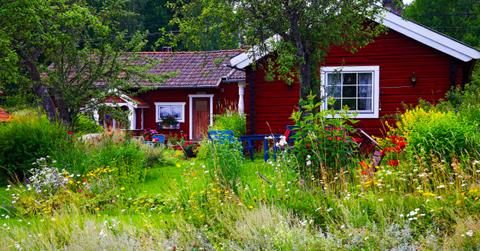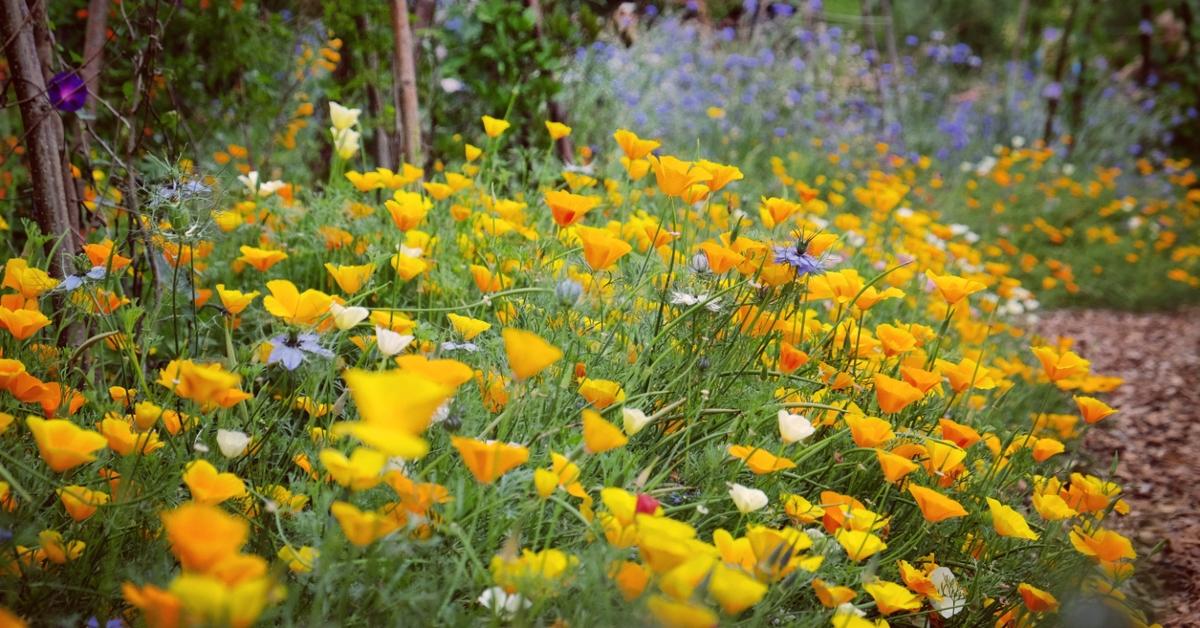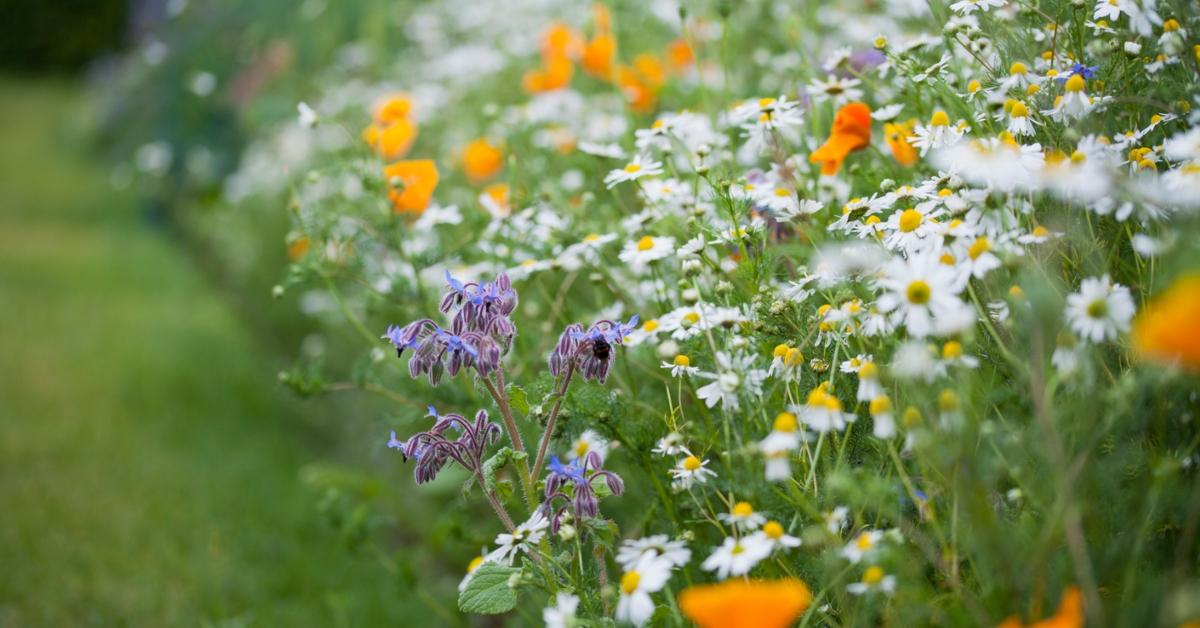A Step-by-Step Guide to Planting Wildflower Seeds for a Garden Full of Natural Beauty
For a sustainable wildflower garden, do not grab a seed mix from the store and sprinkle it in your yard. Instead, choose native plants.
Published April 1 2024, 3:50 p.m. ET

A wildflower garden or meadow is not only one of the best sights during spring and summer, but it’s also a great natural habitat for many pollinating species that are crucial to our environment. A wildflower garden is a great option for those with extra yard space and for people who don’t have the time or dexterity to maintain a regular flower or vegetable garden.
So, if you’ve been thinking of planting wildflower seeds but don’t know where to begin, we’ve got you covered. Here's a simple how-to guide for starting your own wildflower garden.

How do you plant wildflower seeds?
Once growing, a wildflower garden is pretty low maintenance. However, there are a few steps required to get started.
Before you do anything, survey your yard or land for a sunny spot. According to Better Homes and Gardens, picking a spot in the sun is important because insects need ultraviolet rays to see in order to pollinate the plants. So, your choice of site can affect how well your wildflowers grow.
Next, you will need to prep and clear the land for growing, according to the University of New Hampshire. Mow the grass as short as possible, and then rip up all organic matter until the soil is bare. Layer the top with large black tarps or landscape cloth to avoid weed growth until you are ready to plant.
Picking seeds of plants that are native to your area is the most sustainable option for your garden, and will also probably grow better in the long run, per the University of New Hampshire. So, you may need to do some research first before picking out your seeding mix.
When you are ready to plant, broadcast your wildflower seeds over the land. Broadcasting involves spreading the seeds at random and scattering them by hand. However, per Better Homes and Gardens, make sure you do not leave any spots barren or empty.
After your seeds are planted, water the plot daily to keep the soil from going dry. Once you see sprouting, you can transition to watering every other day, per Home Depot.

When should you plant wildflower seeds?
The best time to plant wildflower seeds can depend on where you live and the weather. However, generally, the seeds do best when planted in the Fall or Spring.
When planting the seeds in the Fall, you want to ensure the ground temperature is below 50 degrees and there have been at least two killing frosts. Seeds planted at this time will stay in the ground during the winter and eventually start to sprout in the spring.
For planting in the spring, ensure the ground is 55 degrees or warmer and that the last frost has already happened, per American Meadows.
Whenever you plant your wildflower garden, you create a habitat for hundreds of insect species, such as butterflies, moths, and bees. According to The National Audubon Society, planting native flowers supports existing native ecosystems and a biodiverse environment.